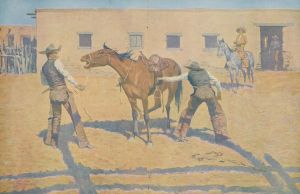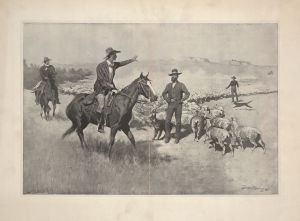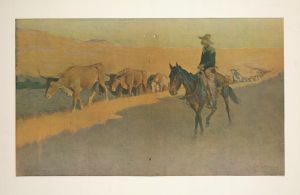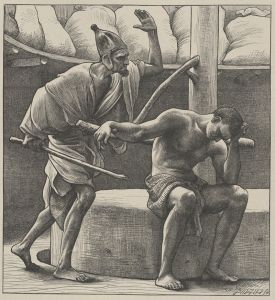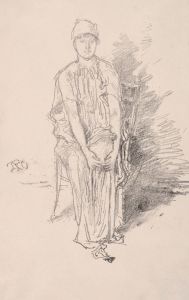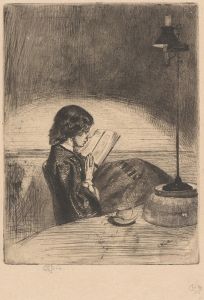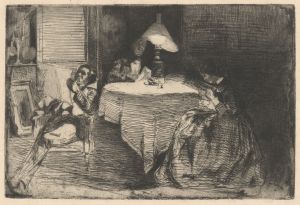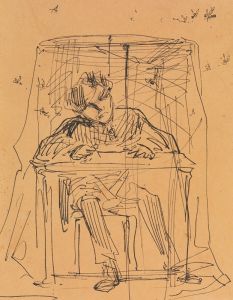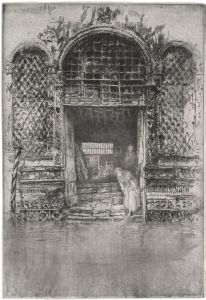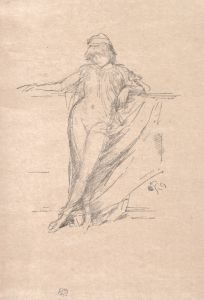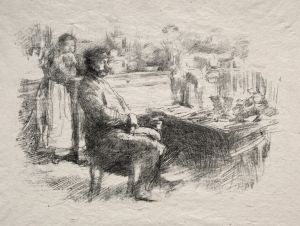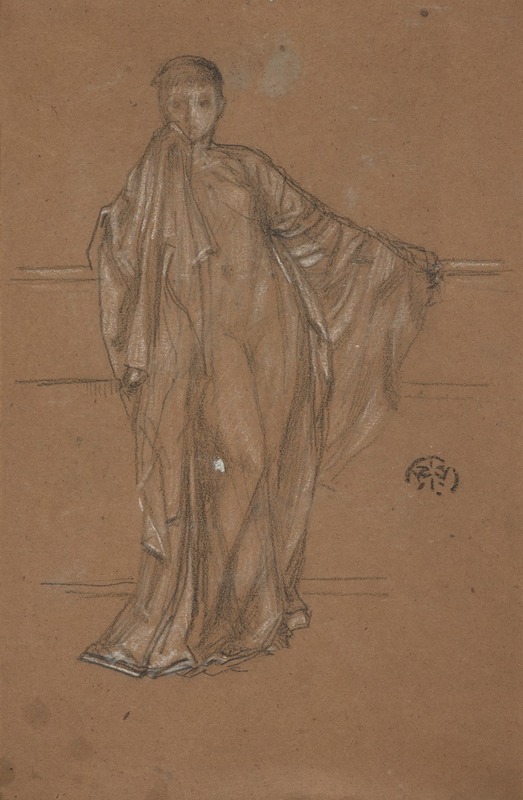
Draped Figure at a Railing
A hand-painted replica of James Abbott McNeill Whistler’s masterpiece Draped Figure at a Railing, meticulously crafted by professional artists to capture the true essence of the original. Each piece is created with museum-quality canvas and rare mineral pigments, carefully painted by experienced artists with delicate brushstrokes and rich, layered colors to perfectly recreate the texture of the original artwork. Unlike machine-printed reproductions, this hand-painted version brings the painting to life, infused with the artist’s emotions and skill in every stroke. Whether for personal collection or home decoration, it instantly elevates the artistic atmosphere of any space.
"Draped Figure at a Railing" is a painting by the American-born artist James Abbott McNeill Whistler, who is renowned for his contributions to the art world during the late 19th century. Whistler, born on July 11, 1834, in Lowell, Massachusetts, spent much of his career in Europe, particularly in London and Paris, where he became a pivotal figure in the Aesthetic Movement. This movement emphasized the visual and sensual qualities of art and design over practical, moral, or narrative considerations.
Whistler's work is often characterized by his innovative use of color and his interest in the harmony of composition, which is evident in "Draped Figure at a Railing." The painting showcases Whistler's ability to capture subtle tonal variations and his mastery of composition, which were influenced by his study of Japanese art and his belief in "art for art's sake."
"Draped Figure at a Railing" features a solitary figure, elegantly draped, standing by a railing. The figure's attire and posture suggest a sense of grace and contemplation, which are common themes in Whistler's work. The painting is notable for its delicate use of color and light, creating a serene and introspective mood. Whistler's technique often involved thin layers of paint, allowing him to achieve a soft, atmospheric effect that is evident in this piece.
The painting reflects Whistler's interest in the interplay between the figure and its surroundings, a hallmark of his portraiture and figural compositions. The railing serves as both a physical and metaphorical boundary, framing the figure and enhancing the composition's balance and symmetry. This focus on compositional harmony aligns with Whistler's broader artistic philosophy, which prioritized aesthetic beauty and formal qualities over narrative content.
Whistler's influence extended beyond his paintings; he was also known for his writings and his role in various legal and artistic controversies. His famous libel suit against art critic John Ruskin in 1878, following Ruskin's harsh criticism of Whistler's work, underscored the tension between traditional art criticism and emerging modernist sensibilities. This case highlighted Whistler's commitment to defending his artistic vision and the principles of the Aesthetic Movement.
Throughout his career, Whistler's work was both celebrated and critiqued, but his contributions to the development of modern art are undeniable. His innovative approach to composition, color, and form paved the way for future generations of artists who sought to break free from conventional artistic norms.
"Draped Figure at a Railing" exemplifies Whistler's artistic ideals and his ability to convey emotion and beauty through subtlety and restraint. While specific details about the painting's creation and provenance may not be extensively documented, it remains an important example of Whistler's oeuvre and his impact on the art world.
In summary, "Draped Figure at a Railing" is a testament to James Abbott McNeill Whistler's skill and vision as an artist. Through his delicate use of color and composition, Whistler captures a moment of quiet elegance, reflecting his belief in the power of art to evoke emotion and transcend narrative constraints.





